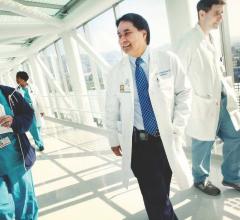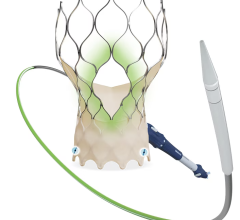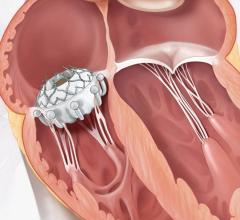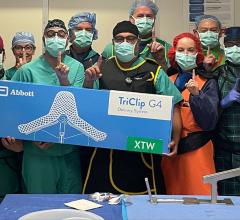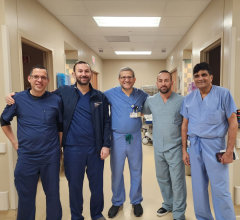
August 22, 2013 – BioVentrix announced the successful first use of its Revivent Myocardial Anchoring System via the Less Invasive Ventricular Enhancement (LIVE) procedure in Germany. The successful procedure was performed on a 54-year-old man suffering from advanced heart failure at the Schön Klinik Vogtareuth in Vogtareuth, Germany.
“As a result of a heart attack, this patient suffered from heart failure for two years that, despite intervention with [a] coronary angioplasty and medication, continued to worsen and seriously affected his quality of life,” said Prof. Ralph Haberl, professor of internal medicine and cardiology at the University of Munich, and the patient’s private cardiologist. “The patient was critically ill and had exhausted all other available treatment options.”
As part of the patient’s previous treatment, Haberl implanted an automatic implantable cardioverter-defibrillator (ICD) as a palliative treatment for ventricular tachycardia, an abnormal life-threatening heart rhythm that often results after a heart attack in which a large amount of scar tissue is created. Magnetic resonance imaging (MRI) of the heart demonstrated an ejection fraction of only 12 percent and significant damage, including scar tissue that extended to the septum and the anterior left ventricular wall. An interdisciplinary team led by Dr. Albert Schütz, chief of heart surgery at the Schön Klinik Vogtareuth, performed the LIVE procedure.
“The Revivent System was successfully placed using the LIVE procedure, which removes the need for cardiopulmonary bypass and, unlike conventional volume-reduction surgery, does not require an incision into the heart,” said Schütz. “The entire procedure was uncomplicated, the patient was extubated the same day and he continues to do very well.”
During the post-operative evaluation, Haberl and his team noted an immediate decrease in left ventricular end system volume index (LVESVI), a predictive indicator of survival for heart failure patients, from 289 mL/m2 to 98 mL/m2, and an increase in ejection fraction to 33 percent. “The LIVE procedure should be considered as a promising treatment option in severe heart failure after myocardial infarction,” said Haberl.
During a heart attack the portion of the left ventricle (LV) deprived of blood dies, creating a scar that does not contract along with the rest of the LV, and prevents it from efficiently pumping blood to the body. As the volume-overloaded LV enlarges, heart failure (HF) develops and worsens, severely impairing quality of life. The LIVE procedure is based upon a well-defined law of physics called the law of Laplace, which describes the relationship between the radius and pressure of the LV, and its resulting wall tension. Increased wall tension is the underlying cause of LV enlargement, worsening heart failure symptoms and ultimately patient death. Reducing wall tension is key to preventing further LV enlargement and treats the progression of the disease. The Revivent System is uniquely designed to directly reduce the LV radius, which in turn decreases wall tension and interrupts the ongoing, destructive process of heart failure.
Prior to the Revivent System, reshaping of the left ventricle used an invasive procedure known as surgical ventricular restoration (SVR), which required stopping the beating heart and supporting it with cardiopulmonary bypass, while incisions into the heart muscle were made to remove the scarred, non-functioning LV tissue. The invasive nature of SVR limits the number of patients for whom the procedure may be performed due to the fragile nature of this patient population. In contrast, the LIVE procedure using the Revivent System is performed without the need of cardiopulmonary bypass or making incisions into the heart.
“We are very pleased with the adoption of the Revivent System and the LIVE procedure by the cardiac surgery team in Germany,” said Kenneth Miller, president and CEO of BioVentrix. “We believe that our technology not only secures optimal clinical outcomes and improves the quality of life for heart failure patients, but also diminishes the risk inherent in the previous gold standard of conventional SVR.”
For more information: www.bioventrix.com


 July 08, 2024
July 08, 2024 
